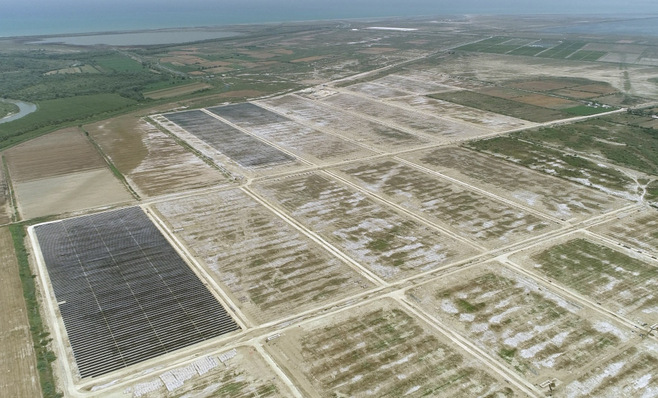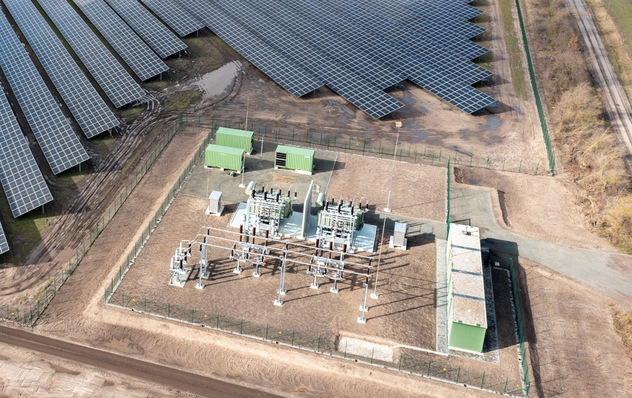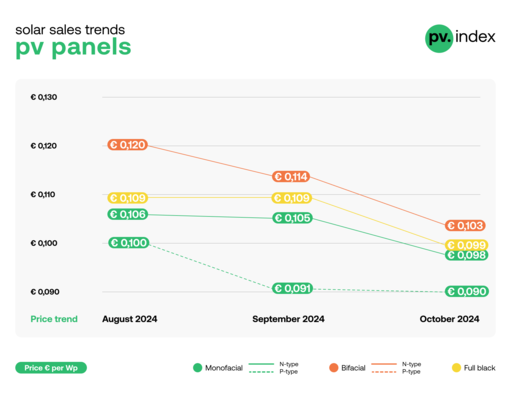Gridparity, a provider of special photovoltaic systems, covered the car park of the local swimming pool in Plettenberg, North Rhine-Westphalia, with solar modules. Over a total of 100 parking spaces, the system with an output of 300 kilowatts supplies 300,000 kilowatts of clean electricity every year, most of which is used directly in the leisure pool. Only the small profits are fed into the grid.
Translucent roofing for more aesthetics
This yield is something to be proud of. This is because the parking spaces were covered with semi-transparent double-glass modules. This is decisive for the attractiveness of Gridparity's potovoltaic parking area: the light character of the carports by dispensing with a closed sheet steel cover. "This is because architects and investors usually cite the unattractive design of the structures, which are perceived as 'dark caves', as the reason for the very low prevalence of such installations despite their considerable advantages," knows Erich Merkle, Managing Director of Gridparity.
Protection for the guests of the leisure pool
The modules used from Gridparity's own production also have an approval as overhead glazing and are mounted watertight. This means that no rainwater drips onto the parking area, but runs to the eaves side of the south-southwest facing roofing, where it can drain away.
See also: GridParity expands its range of semi-transparent modules
After all, this is one of the fundamental advantages of a car park roof: protecting the guests of the leisure pool and their vehicles from heavy rain or hail showers. In summer, the cars are also parked in the shade. If the roof is fitted with solar modules, it also produces electricity, which the leisure pool can put to good use.
Parking area not excavated
One of the main requirements of the Plettenberg public utility company, as the operator of the leisure pool, was that the parking areas were not to be excavated for concrete foundations and that the construction had to be carried out without significantly impairing the availability of parking spaces.
Also interesting: Dr Erich Merkle of GridParity: Glass-glass-modules open up new applications
This is a stipulation that Gridparity always encounters with investors. "For construction, the parking area is usually excavated to install the massive concrete foundations. Afterwards, the pavement has to be repaired over a large area or rebuilt from scratch. The necessary closure of the parking areas, usually for several months, is not acceptable to most companies," explains Erich Merkle.
Construction time only three weeks
Gridparity therefore used large screw anchors with specially developed fastening plates for the steel supports. This was also the case in Plettenberg. These screw anchors were already installed there in the first week. In the second week of work, the installation of the precisely prefabricated glulam beams, painted white with a semi-transparent wood preservative, took place. As early as the third week, the translucent double glass modules could be mounted with a special fastening. In this way, Gridparity was able to realise a solar roofing of the parking area that combines aesthetics with functionality, more cost-effective production costs and short construction times. (su/mfo)








